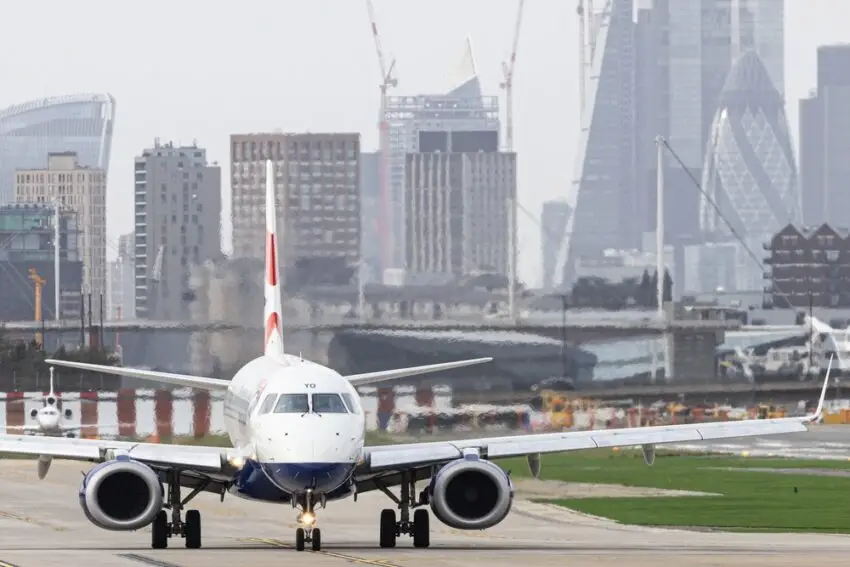London City Airport has received approval to raise its annual passenger cap from 6.5 million to 9 million, a nearly 40% increase. This decision was made after the Labour-led Newham Council initially rejected the expansion plans, citing concerns over increased aircraft noise and its potential impact on residents’ health and quality of life. Despite these objections, the Government overruled the council, signalling Labour’s commitment to economic growth.
The Government’s decision includes not only the increase in passenger capacity but also the addition of three extra flights during the first half-hour of operations on weekdays. However, a partial weekend curfew remains in place, with flights required to cease by 12:30pm on Saturdays, despite the airport’s request to extend this to 6:30pm.
Alison FitzGerald, the newly appointed CEO of London City Airport, welcomed the decision to increase passenger numbers but expressed disappointment over the refusal to extend Saturday operating hours. She argued that the limitation would hinder the transition to cleaner, quieter aircraft, which could benefit residents throughout the week.
The approval of the airport’s expansion mirrors a broader government stance on airport development, with indications of potential support for a renewed application for a third runway at Heathrow. While this move aligns with Labour’s focus on economic growth, it could ignite further internal debate within the party, particularly given Ed Miliband’s history of environmental advocacy.
Campaign group HACAN, which opposes airport expansions in London, regarded the decision to maintain the Saturday curfew as a victory for local residents, ensuring a full 24 hours of relief from aircraft noise. Located in London’s Docklands, London City Airport continues to be a key hub for Britain’s financial sector, offering proximity to the City and Canary Wharf, and remains a critical asset for business travellers.
The decision to approve London City Airport’s expansion underscores the Government’s emphasis on economic growth, despite significant local opposition. This development may set a precedent for future airport expansions, reflecting the ongoing tension between economic objectives and community concerns.

